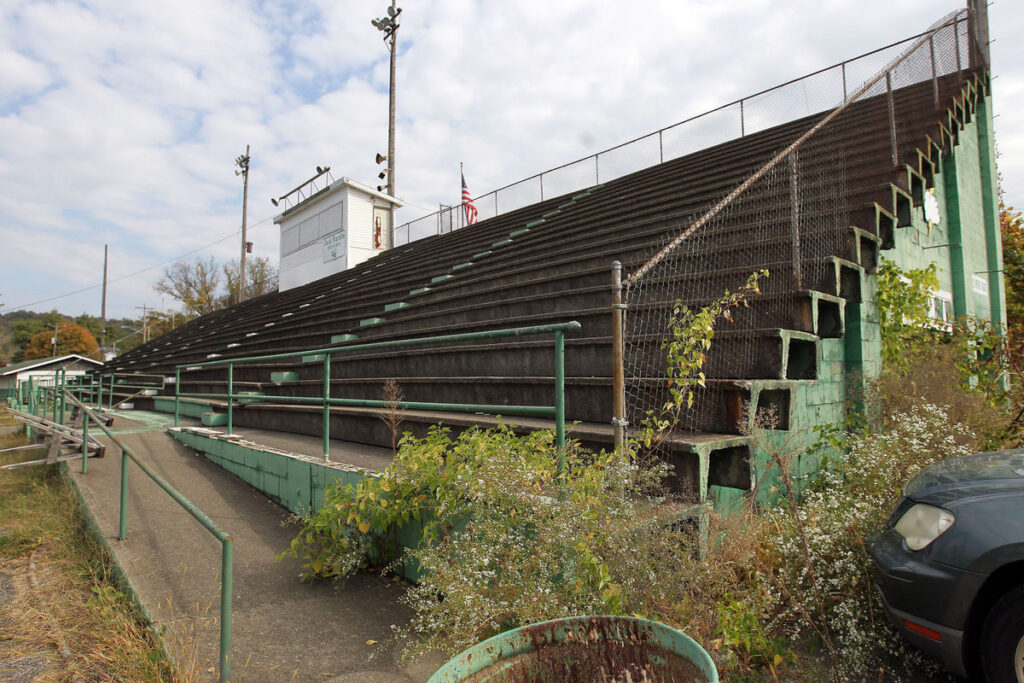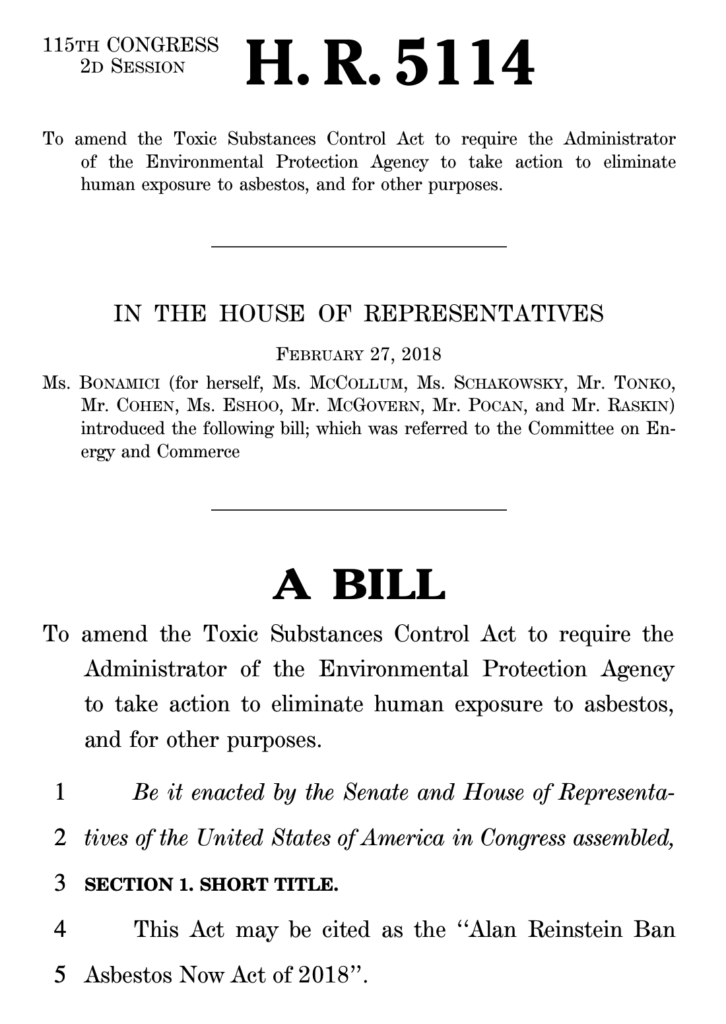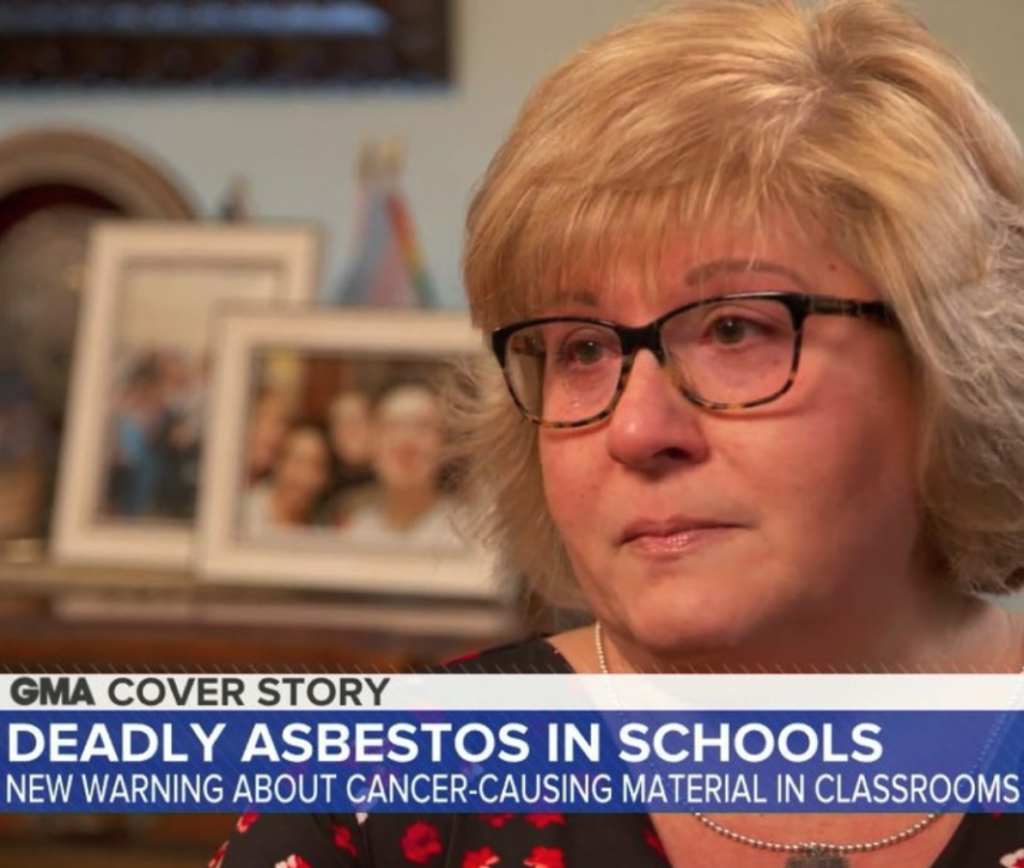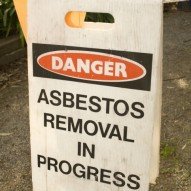WV School Administrators Address Asbestos Removal Involved in Bleacher Upgrade Project

The U.S. Environmental Protection Agency has specific guidelines and regulations in place to help avert any potential asbestos hazards and to protect children, teachers and the public when on school property. Administrators of the Wayne County Board of Education are citing those safety regulations as they assess the steps needed to remove asbestos from stadium bleachers tagged for an upgrade.
In a Feb. 27 article in the Herald-Dispatch, the final step in opening the new Ceredo-Kenova Elementary School is to handle the bleachers that have fallen into a state of disrepair. According to the school administrators, asbestos has been found in the paint used on the Ward-Craycraft stadium bleachers, and that is delaying their decision of whether to demolish or refurbish the structure.
A committee of volunteers wants to upgrade the stadium. The volunteer group has said they want to turn the stadium into a community landmark and will conduct fundraising as well as doing some of the heavy work themselves. First, though, the administrators need to resolve the asbestos issue. The asbestos has not been disturbed as of yet, and according to Interim Superintendent Steven Paine, the public is safe.
“The bleachers are in fact safe, so no one needs to panic, they are in a good state,” said Paine. “However, there is a procedure to either abate or encapsulate the asbestos.”
Asbestos is a human carcinogen and is known to cause deadly cancers, including mesothelioma and lung cancer, when the fibers are inhaled or ingested. Although not everyone exposed develops these diseases, the EPA reports that there is no safe level of exposure. The Asbestos Hazard Emergency Response Act (AHERA), a provision of the Toxic Substances Control Act, requires local education agencies to “inspect their schools for asbestos-containing building material and prepare management plans to prevent or reduce asbestos hazards.”
The EPA reports that removal of identified asbestos is often not the best course of action to reduce asbestos exposure, as improper removal may create a dangerous situation where none previously existed. In the case of identified asbestos at schools, the EPA encourages “in-place management.” The agency only requires asbestos cleanup in order to prevent significant public exposure to asbestos, such as during building renovation or demolition.
Paine said he and the board are supportive of the restoration of the bleachers, and hopes to utilize volunteer support going forward, but, he says, the proper procedures for removing and disposing of the asbestos must be followed.
“The fact is we are in a different realm on that project now,” Paine said. “But, we will do whatever is needed to ensure the safety of the community and to ensure that beautiful new school is safely opened.”
If you are concerned about asbestos in your child’s school, contact your school administrator. According to the EPA, your local school district/local education agency must nominate a “designated person” to perform and delegate, if necessary, the management of asbestos in a school building. This person should be able to address any specific concerns you have about the management of asbestos in your child’s school.
For more information about asbestos and your rights: Check out our responsible asbestos attorneys at Belluck & Fox, LLP. We have locations at NYC, Rochester, Albany and Woodstock.
Photo Credit: The Herald-Dispatch



